In the current world of Gumroad, Patreon, ArtStation and all of the other wonderful online places to learn to be a concept artist I’m going to share the old school books that helped me learn the basics of art.
Whatever you decide to do in concept design you’ll need the fundamentals. That means drawing, painting and composition. Uh yes!!!!!! Even if you’re going to use a lot 3D.
3D is a wonderful tool but it doesn’t do everything and it’s important to know what makes a great image work. More often than not the best 3D artists have the best painting and foundation skills.
Most of my illustrator friends will know these books already but I really hope concept artists find them too. In the future I might do a more specific film design book list.
My favorite foundations books:
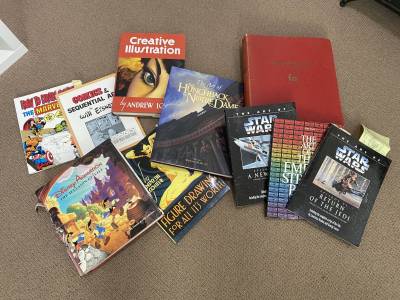
How to Draw Comics the Marvel Way – at first this one might seem cheesy but almost everything one needs to tell stories visually is in here and where better to learn that “The focus is on action.”
Creative Illustration by Andrew Loomis
Loomis’ books are a compendium of art knowledge. “Figure Drawing For All its Worth” covers anatomy of course, and yeah you can find that online in so many different places, but it also covers gems like what is ideal human proportion at different ages. So good for the future character designer.
Loomis’ Creative Illustration offers everything from drawing with line to composition tips and gems like this one on storytelling. Useful because that’s what concept artists do is tell stories.
Famous Artist Course. Unfortunately, these are hard to find and expensive when you do find them but such good stuff in between these covers. I do believe a couple of these might exist online as a pdf somewhere. Look at this gold:
The Illusion of Life: Disney Animation. I spent a fair amount of time as a teen teaching myself 2D animation from this book like the basics of posing and clear silhouette design. Also what’s great about animated films is that EVERYTHING is designed. Live action designers can also take a look at the lighting and how it’s used to create a soft stage to push the characters forward and into center.
Other comics related books I recommend are Will Eisner’s books. Graphic storytelling and Visual Narrative. There is so much you can learn from these that can apply to storyboarding and keyframe art. I would recommend poking around in comics and finding something that works for you. Comic books are stories told through visuals, just like film and just like games.
“Art of” books. Of course most of us look at these. Please look at all of the ones that inspire you but make sure to look at some “art of” books that show concepts that didn’t make it into the final game or film. This is a great resource. Study those and learn why they weren’t selected. Was it for aesthetic reasons, because it didn’t serve the story, was the design too damn expensive to fabricate, or maybe those designs were cut out with a part of the script.
Ok these books get an honorable mention because I got them after I was already a working artist but they are SUPER helpful.
James Gurney’s books. “Color and Light” and “Imaginative Realism”. Another amazing artist that breaks down the “why” of things so we can get a better understanding of what we paint and design.
How To Draw: Drawing And Sketching Objects And Environments From Your Imagination from Scott Robertson and other books at Design Studio Press.
Being able to ideate quickly in a sketch is one of the best tools in the arsenal as a concept designer. Good foundational drawing skills are a must.
So there it is. I can hear the voices of so many saying “but when do I learn 3D and photoshop?” You will learn them! Those are tools and tools will always change but the foundations and ideas in books like this won’t. These were all super important to me in my beginning. I hope they’re helpful to you in yours.


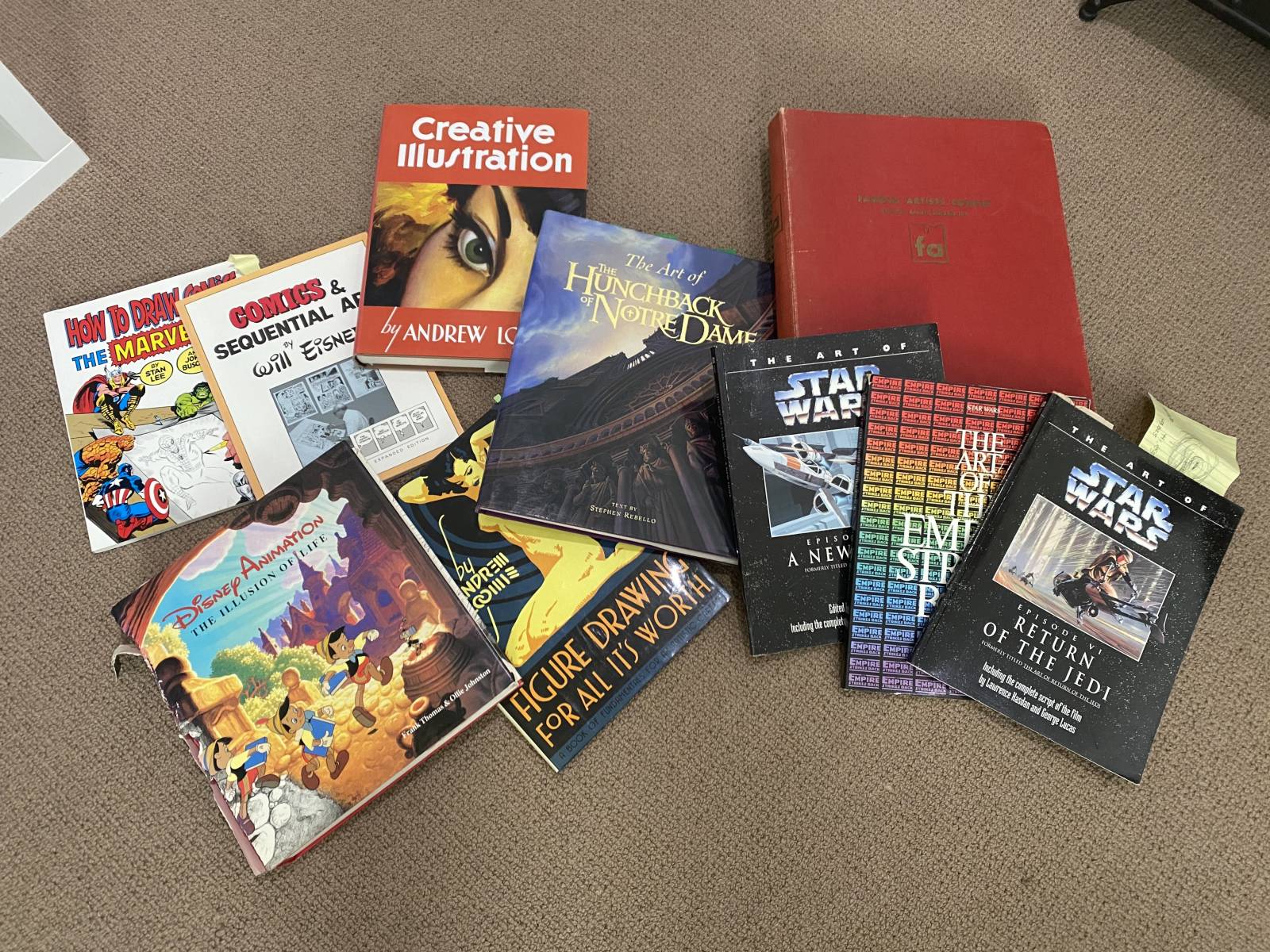
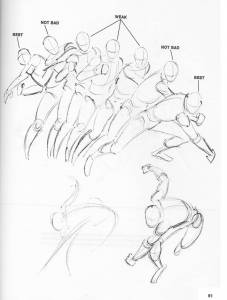
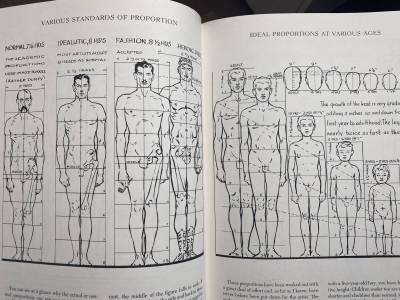
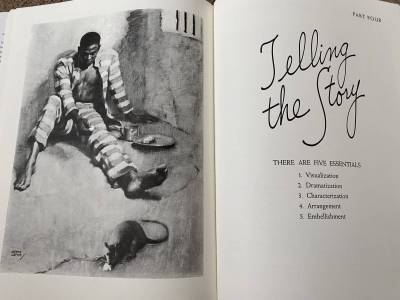
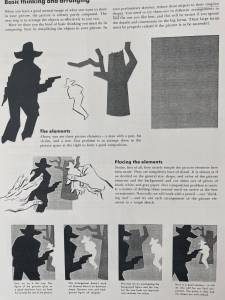

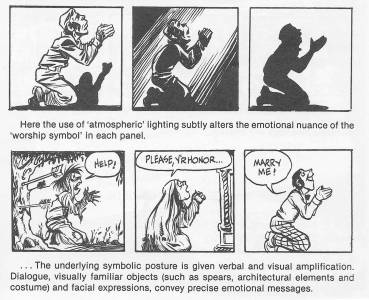
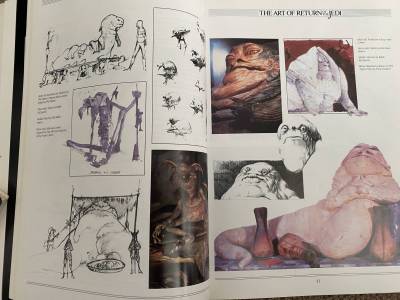
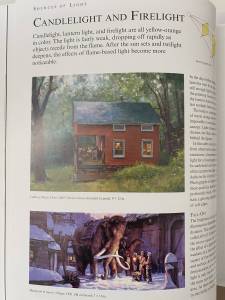
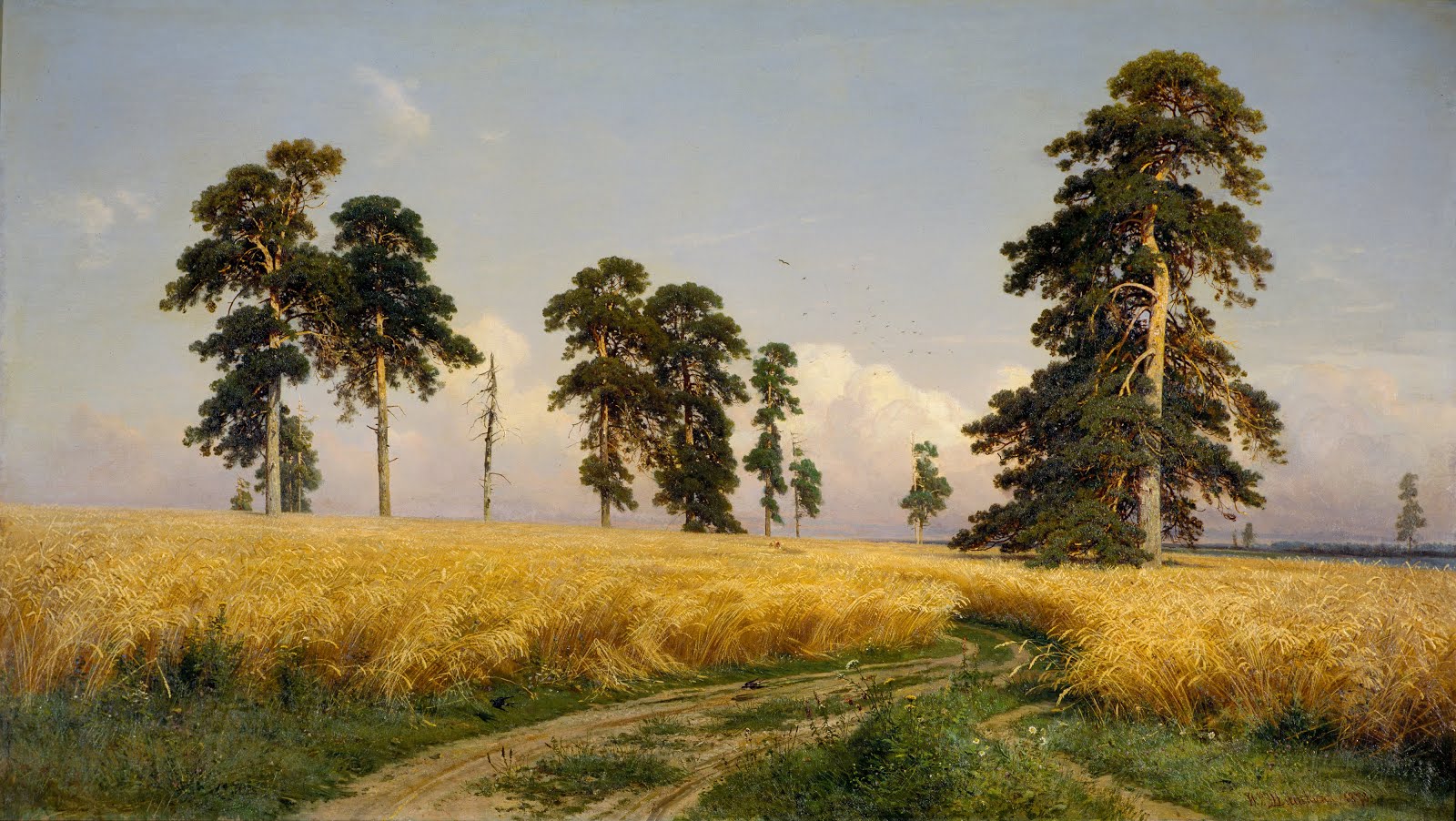
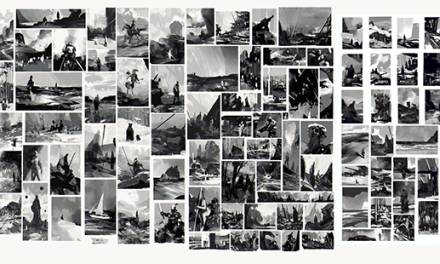

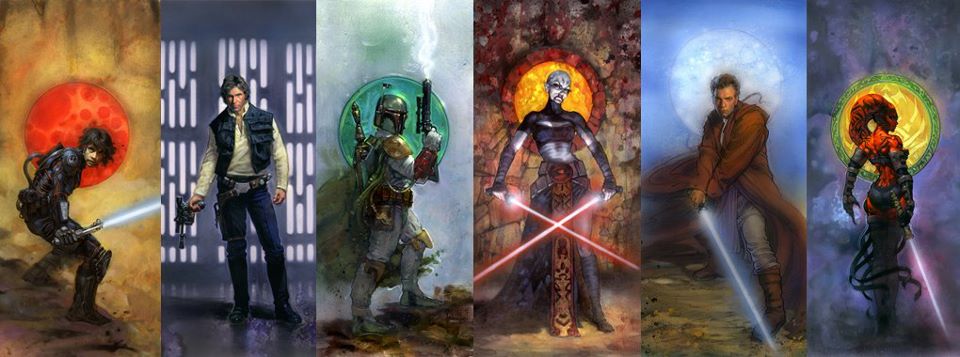
My copy of “How to Draw Comics the Marvel Way” is just a pile of paper. I used it so much when I was young that it blew up. Great list Christian.
Thanks Bill! It really is just a great book and it’s hard to beat John Buscema.
The famous artist course 1960 version pdf and the Loomis books are easily found online. There are an absolute must. Great list.
Thanks for the info. I knew I had seen it somewhere out there.
Thanks for sharing! I’ve she the FAC books in AbeBooks, they are hellishly expensive tho. Those are from that long ago academy by -mail- school of the 50’s. I know Rockwell was a teacher there. Pretty cool stuff, the page you shared is golden! Thanks for letting us see your journey.
Thanks!
Awesome list of resources. I especially love Loomis’ books. They’re some of the first books I picked up when diving into anatomy and figure drawing. I’ve been wanting to get my hands on several of these for a while now.
If I were to add ONE book to the list, it would probably be Figure Drawing: Design and Invention. It’s a great complement to Loomis, and Hampton is phenomenal at simplifying anatomy in an easy-to-digest format.
Thank you for this post, Christian!
Thanks! And yes I have the Hampton book as well.
Such a fantastic, evergreen list. These are must-haves for any artist at any and every stage of their career. Thanks, Christian!
😀
I really enjoyed this article, I’m a huge fan and evangelist of Gurney’s books I’ve found them very helpful, now to look into more of these!
👍